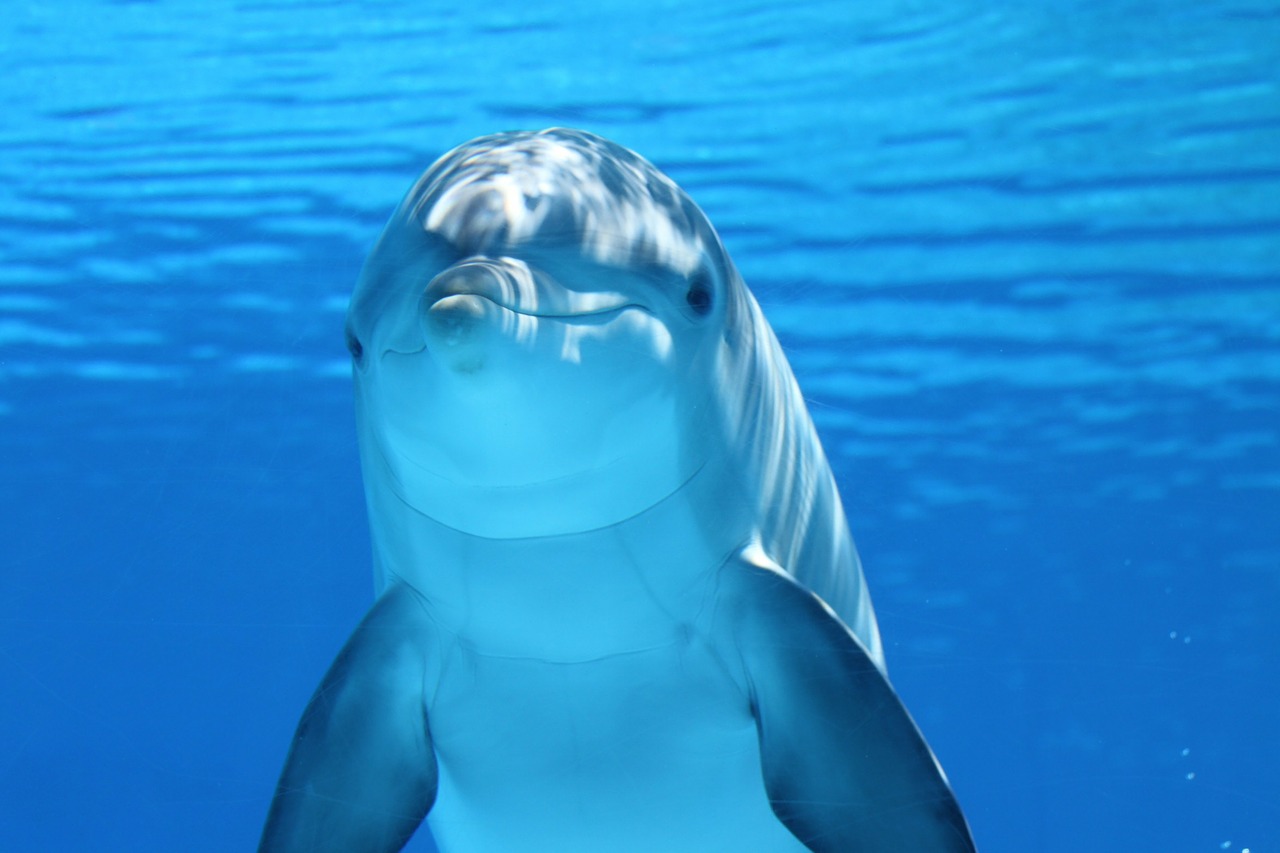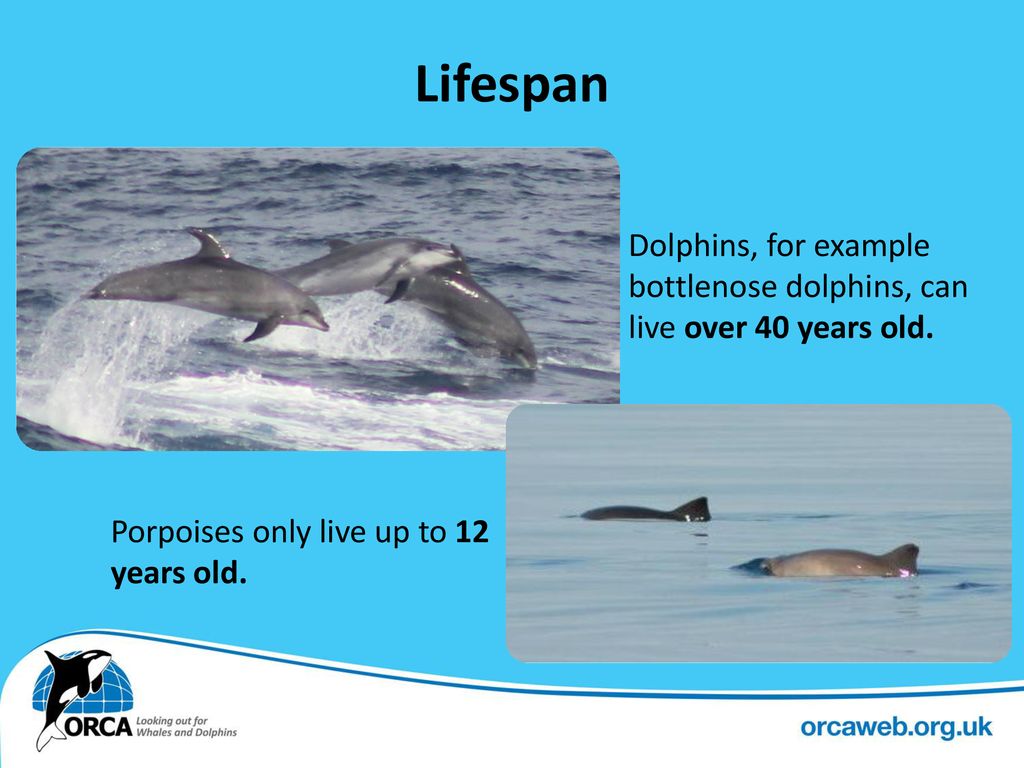The tail fluke is used for swimming by the back muscles moving the fluke up and down. Dolphins breathe through a blowhole.
 A Blue Whale S Blow Hole Looks Just Like A Giant Nose Follow Me Cooliphone6case On Twitter Facebook Google Instagram Linkedin Whale Blue Whale Rare Photos
A Blue Whale S Blow Hole Looks Just Like A Giant Nose Follow Me Cooliphone6case On Twitter Facebook Google Instagram Linkedin Whale Blue Whale Rare Photos
They also possess blubber and the ability to shut down non essential functions when diving in order to stay warm and maximize their ability to hold their breath for extended periods of time.

Dolphin blowhole anatomy. They also communicate with sound. Blowhole the hole on the top of the head through which the dolphin breathes air it is the dolphins nostril. Eye sight organs located on the head.
The dolphin sends out a stream of focused sound waves which bounce off objects and are picked up by the lower jaw and ear openings behind the eyes. Dolphins breathe air into their lungs via their blowhole which is located on the top of their body at the rear of the head. They do have two nasal passages underneath the skin but the septum does not rise all the way to the surface.
Dorsal fin the fin on the upper side of the body. Helmut Oelschlger in Anatomy of Dolphins 2017. Dolphins and whales can also use their blowhole to create sounds.
The blowhole contrarily to the nostrils of terrestrial mammals. Dolphins are mammals and all mammals breathe air. Dolphins must surface to breathe regularly or they will drown.
Blubber contributes to a dolphins streamlined shape which helps increase swimming efficiency. Dolphins eyes are located on the sides of their head and can be moved independently giving them two fields of vision. A dolphin takes only 03 seconds to exhale and inhale.
Dolphin is a common name of aquatic mammals within the infraorder Cetacea. Or the direction in which the trachea extends to the oral cavity. Atlantic Spotted dolphins also blow bubbles through their blowholes as one way to communicate with other dolphins.
Blubber is a layer of fat reinforced by fibrous connective tissue. They can also use their blowhole to create sounds. The functional anatomy of the respiratory system of dolphins has been scarcely studied.
Dolphins breathe air directly into their lungs via the blowhole. The opening and closing of the blowhole is controlled voluntarily by the dolphin. There is no bone or muscle.
This can be compared to sonar in that it functions the same way. Ear hearing organs located on the head behind the eye. 4252017 Dolphins have a blowhole at the top of their head and they must come to the surface for air.
A Dolphins tail has two lobes called flukes. A blowhole is located in the top of a the head of a cetacean that allows the animal to breathe in air. Blubber stores calories.
Dolphins breath differently than humans do for the vital reason that they dont have a gag reflex. Unlike other mammals however whales dolphins and porpoises have flippers flukes a dorsal fin and blowhole s that make navigating the ocean much easier. A slightly recessed crescent-shaped muscular flap called the blowhole is located on the dorsal side of the animal in the center of a swollen part of the head called the melon.
A dolphins blubber hypodermis lies beneath the dermis. Specifically the capacity of the system to resist pressure changes during diving has not been fully. Echolocation is a dolphins primary sense.
These flukes are flat and made up of fibrous tissue. Therefore available data in this field are restricted. You will also find fluke pelvis anus intestine stomach liver heart flipper larynx esophagus as well.
Some of them need to breathe several times a minute and some species only have to get air twice per hour. 872019 Dolphin Internal Organ Anatomy In this image you will find melon brain skull blowhole scapula lung dorsal fin kidney spinal column blubber in Dolphin internal organ anatomy. Odontocetes have only one nasal opening or blowhole at the surface of the skin.
Underwater the dolphin uses the nasal sacs located inside the blowhole to produce sounds see internal anatomy below. Somatic sensation in dolphins did not attract as much attention of the investigators as the auditory and visual senses Supin et al 2001. The blowhole is opened by muscles upon surfacing and closed by the.
This is why dolphins caught in. They also have a large brain the second largest for mammals in comparison to their body size only after humans. Or blowhole for a dolphin The two greatest similarities are between the lungs and the Epiglottis.
 The Anatomy Of A Dolphin How It Works
The Anatomy Of A Dolphin How It Works
 Two Of Our Planet S Most Amazing Animals Go Head To Head In Our Latest Debate Csak Audio A Podcast Egyik Resze Szol Octopus Species Octopus Octopus Pictures
Two Of Our Planet S Most Amazing Animals Go Head To Head In Our Latest Debate Csak Audio A Podcast Egyik Resze Szol Octopus Species Octopus Octopus Pictures
 Anatomy And Body The Scrum Zoo Dolphin
Anatomy And Body The Scrum Zoo Dolphin
 Dolphin Activities Dolphin Facts Summer Reading Science Activity Bundle Dolphin Facts Marine Biology Dolphins
Dolphin Activities Dolphin Facts Summer Reading Science Activity Bundle Dolphin Facts Marine Biology Dolphins
 Ppt The Bottlenose Dolphin Powerpoint Presentation Free Download Id 2108084
Ppt The Bottlenose Dolphin Powerpoint Presentation Free Download Id 2108084
 Our Crafts N Things Blog Archive Dolphin Lapbook Dolphins Dolphin Facts Lapbook
Our Crafts N Things Blog Archive Dolphin Lapbook Dolphins Dolphin Facts Lapbook
 The Dolphin Family Delphinidae By Namu The Orca On Deviantart Dolphin Family Sea Turtle Facts Orca
The Dolphin Family Delphinidae By Namu The Orca On Deviantart Dolphin Family Sea Turtle Facts Orca
 Dolphin Infographic Dolphin Facts Dolphin Facts For Kids Facts For Kids
Dolphin Infographic Dolphin Facts Dolphin Facts For Kids Facts For Kids
 Blowhole Anomaly In Pantropical Spotted Dolphin Delphinidae Stenella Attenuata Relvas 2020 Marine Mammal Science Wiley Online Library
Blowhole Anomaly In Pantropical Spotted Dolphin Delphinidae Stenella Attenuata Relvas 2020 Marine Mammal Science Wiley Online Library
 Illustration Showing The External Anatomy Of A Dolphin And The Download Scientific Diagram
Illustration Showing The External Anatomy Of A Dolphin And The Download Scientific Diagram
 Dolphin Facts And Information Dolphin Facts Bottlenose Dolphin Facts Dolphins
Dolphin Facts And Information Dolphin Facts Bottlenose Dolphin Facts Dolphins
 Bottle Nose Dolphin Infographic Dolphin Facts Bottlenose Dolphin Dolphins
Bottle Nose Dolphin Infographic Dolphin Facts Bottlenose Dolphin Dolphins


